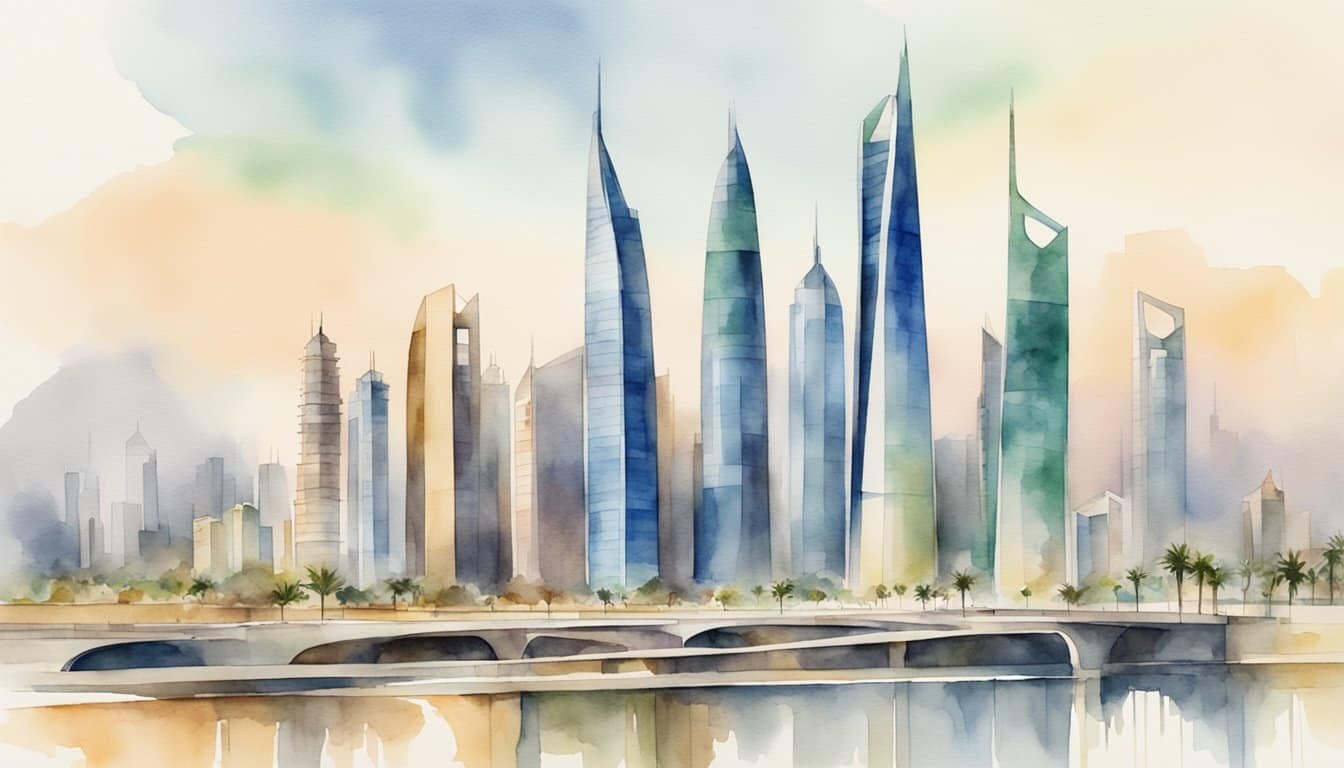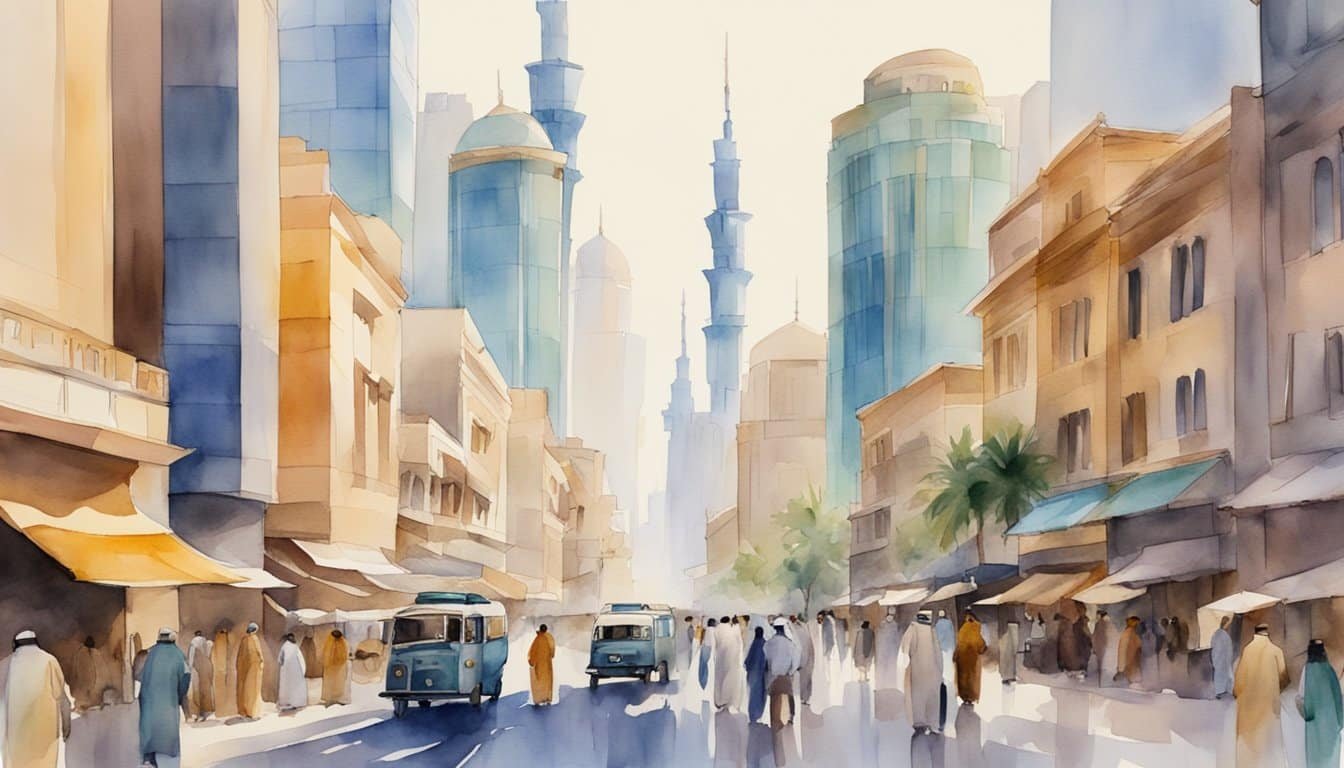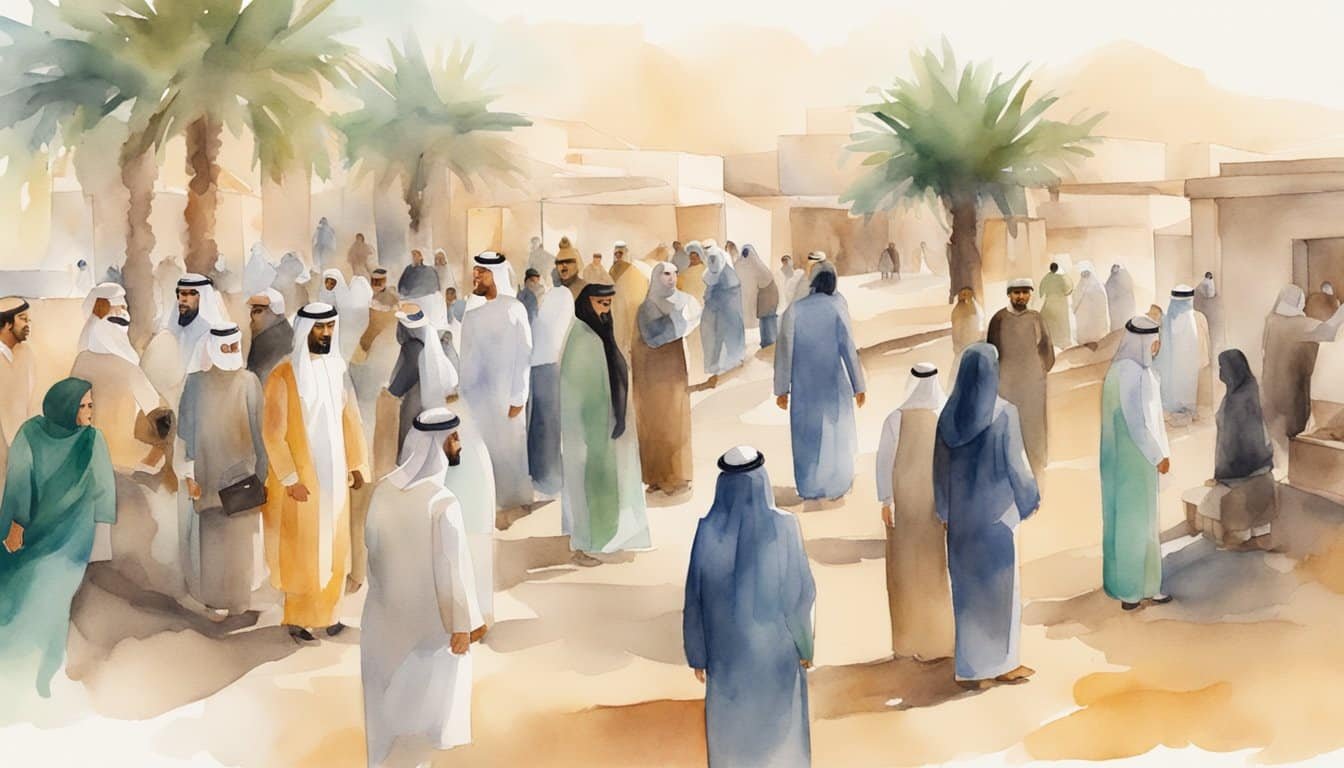Overview of The Line
The Line is an audacious urban development project conceived as part of the larger NEOM initiative in Saudi Arabia. Spearheaded by Crown Prince Mohammed bin Salman, its design aims to redefine the concept of urban living while integrating sustainability and nature.
The project envisions a linear city, extending over 170 kilometers through the desert, mountains, and coastal areas. Unlike traditional cities, The Line promises a revolutionary approach with no cars, streets, or carbon emissions. Instead, inhabitants will rely on a high-speed transit system designed to connect residents to all essential services within a 20-minute commute.
- Concept: A linear, car-free city
- Length: 170 km
- Core Values: Sustainability, efficiency, and coexistence with nature
- Transport: Autonomous, high-speed transit
At the heart of The Line is the goal to create an environment where people and nature coexist harmoniously. With a facade mirrored to blend into the surrounding environment, it aims to protect the delicate ecosystems around it.
The project aligns with Vision 2030, Saudi Arabia’s ambitious plan to diversify its economy and reduce its dependence on oil. By focusing on renewable energy and innovation, The Line exemplifies the Kingdom’s commitment to creating a futuristic, eco-conscious city that offers a blueprint for living in harmony with the planet.
Residents can look forward to a life integrated with intelligent infrastructure, offering unprecedented efficiency and comfort while maintaining a deep commitment to preserving the natural world. The Line represents not just a destination but a new ethos for urban development.
Design and Infrastructure

When thinking about The Line in Saudi Arabia, one imagines a canvas of urban efficiency fused with high-tech elegance. It’s a place where futuristic urban planning meets sustainable transport.
Urban Planning and Architecture
The Line’s urban layout is centered around creating a smart city that is both innovative and practical. The architecture is not just about the aesthetic but also about functionality, shaped by the use of artificial intelligence to create living spaces that anticipate the inhabitants’ needs. This marvel of urban planning integrates residential, commercial, and leisure facilities, ensuring everyone has everything they need within a five-minute walking distance. Moreover, the structures stand testament to a commitment to cutting-edge technology and sustainability, with renewable energy powering this beacon of modern living.
Sustainable Transport
Transport within The Line exemplifies the pinnacle of sustainability and speed. Featuring a high-speed rail, The Line allows residents to zip from one end to the other rapidly, emphasizing the city’s dedication to innovative transport infrastructure. This ultra-modern transport system cuts travel time, reduces carbon emissions, and showcases a seamless blend of efficiency and environmental consciousness. It’s like stepping into a future where the city itself is on the move, constantly and swiftly adapting to the needs of its people.
Environmental Strategies

Saudi Arabia’s “The Line” project is a testament to its commitment to incorporating environmental sustainability into urban development. Below, we explore the environmental strategies, detailing endeavors to preserve nature and address climate change.
Nature Preservation
Preserving the natural world is a cornerstone of “The Line” project in Saudi Arabia. Here, they’ve taken an innovative approach by ensuring that nature space isn’t merely a backdrop but rather an integrated part of urban life. Nature conservation efforts aim to maintain and enhance local ecosystems. This strategy ensures that the development leaves a minimal human footprint, allowing wildlife and flora to thrive alongside urban spaces.
Climate Considerations
Climate considerations are central to the sustainability goals of “The Line.” With a sharp focus on reducing carbon emissions, the project is aimed at creating a microclimate conducive to both nature and people. Strategies include energy-efficient building designs and renewable energy sources, which together aim for a significant cut in the city’s carbon footprint. They are deploying cutting-edge technology to provide a precedent for how cities can function in harmony with the environment.
Societal Impact

The Line in Saudi Arabia weaves a narrative of change, intertwining human experiences with technological advances and infrastructural development. It’s where the pulse of the kingdom’s ambitions meets the rhythms of everyday lives.
Human Livability and Mobility
In the heart of The Line lies a commitment to human livability. Saudi Arabia’s ambitious project has promised a radical overhaul of urban life, where cities are not just expanses of concrete but streamlined for their residents. With a focus on eco-friendly transport, mobility along The Line is envisioned to be seamless, reducing commuting burdens and reshaping how people transition from home to work, leisure, and education. Institutions like a university could be just a brisk walk away from where one lives.
Economic and Security Aspects
Public investment funds are pouring into The Line, signaling a robust intertwine between economic growth and security. This nexus of development is not only expected to create jobs but also to fortify Saudi Arabia’s position in the global market. However, amid this economic hope, the shadows of concerns over human rights and past incidents, such as the case of Jamal Khashoggi, linger, prompting dialogues on the balance of security and individual freedoms within the framework of this grand urban planning endeavor.
Associated Projects and Collaborations

Saudi Arabia has become a hotspot for ambitious projects and international partnerships, specifically in the fields of innovation and region-specific developments. These collaborative efforts not only aim to diversify the economy but also set a precedent for future undertakings in the Middle East.
Neighboring Regions and Developments
The Red Sea region is an epicenter of activity where many developments are underway. For instance, NEOM, Saudi Arabia’s vision for a futuristic city, includes sub-projects like Trojena, an upcoming year-round mountain destination designed to blend outdoor activities with nature, and Oxagon, one of the largest floating cities in the world focusing on advanced and clean industries. Meanwhile, Sindalah is expected to be a luxury island destination which will contribute to the vibrant tourist industry growing around the Gulf of Aqaba.
Partnerships in Innovation
In the realm of innovation, partnerships with legendary architectural firms such as Zaha Hadid Architects and Coop Himmelb(l)au promise groundbreaking designs and architecture in Saudi projects. Norman Foster has contributed to the visionary planning in the region, while Mecanoo is set to design bold civic buildings. These collaborations drive the growth of cutting-edge infrastructure and design, propelling Saudi Arabia toward becoming a global hub for technological advancement and innovative architecture.
Saudi Arabia’s strategy to harness collaboration not only boosts its own economic and social standing but also aims to set a benchmark for modernization and sustainability on a worldwide scale.

